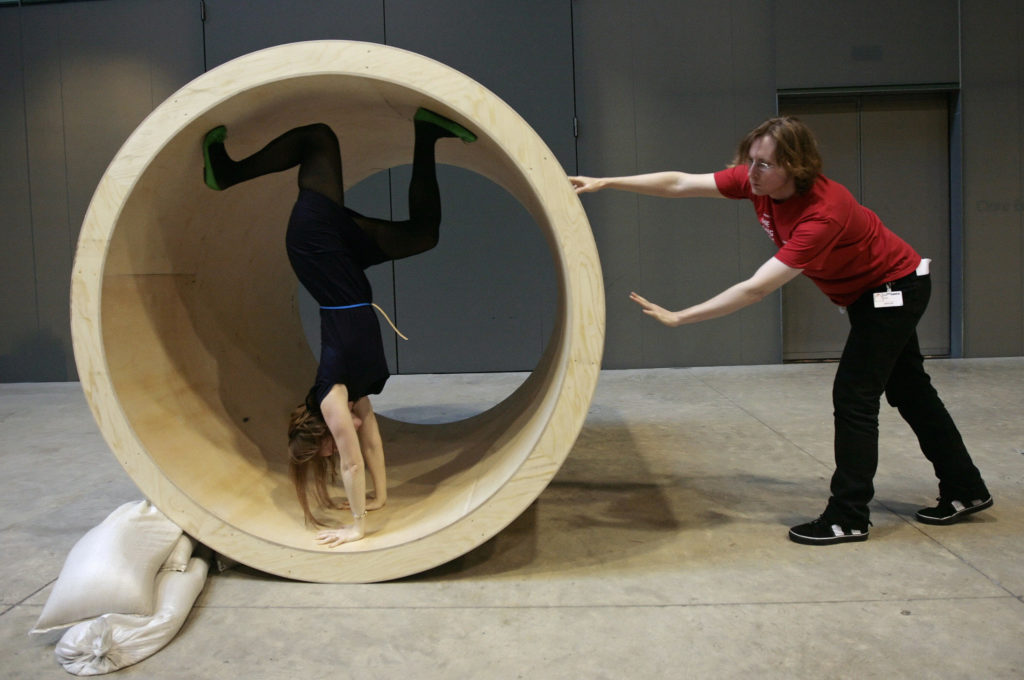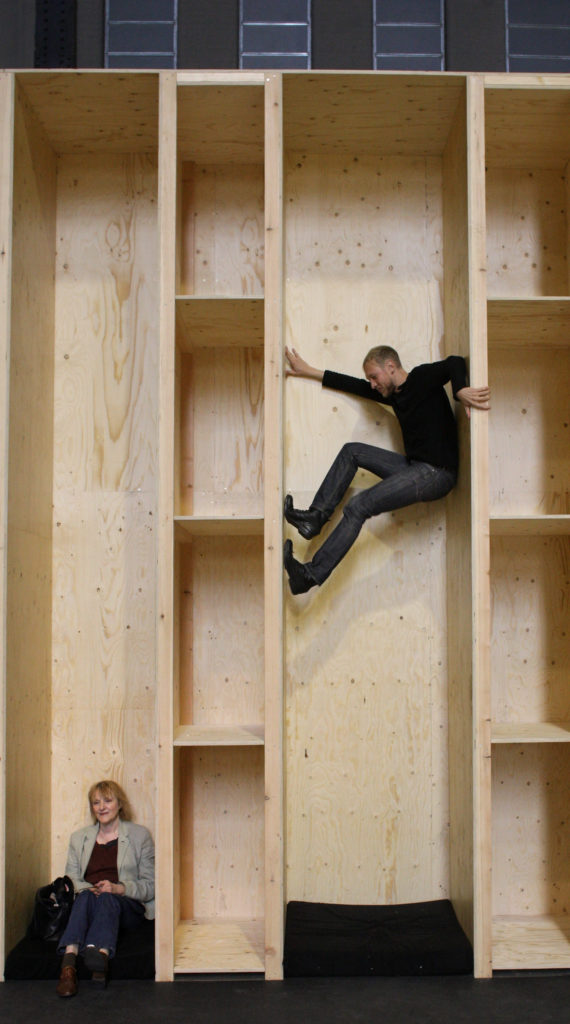People
Robert Morris, the Protean Pioneer of Minimalism, Dies at 87
The multidisciplinary artist defied categorization.

The multidisciplinary artist defied categorization.

Henri Neuendorf

The American sculptor Robert Morris, a shapeshifting artist and pioneer of minimalism, has died of pneumonia at an upstate New York hospital. He was 87.
The New York Times confirmed his death, citing his representative Barbara Castelli.
Morris was part of a generation of minimalist artists that included Donald Judd, Carl Andre, Dan Flavin, and others who revolutionized art history by embracing a sparse, austere aesthetic. But while his early collaborators continued to work in minimalism for most of their careers, Morris explored a large range of different modes, including performance, earthwork, painting, and dance.
Although he may be best remembered for his minimalist work, he was a multidisciplinary artist who defied categorization and refused to shy away from controversy and notoriety.
Morris was born in February 1931 in Kansas City, Missouri. He studied at the Kansas City Art Institute in the early 1950s, and later at the California School of Fine Arts in San Francisco.
Although he began his career as a painter, by the 1960s he had shifted his focus to sculpture and showed early examples of his radical minimalism at New York’s Green Gallery in 1963. He exhibited a series of medium- and large-sized geometric objects made of plywood painted in gray.

Artist Robert Morris’ installation “Bodyspacemotionthings” in the Turbine Hall of the Tate Modern. The installation is a re-creation of Morris’ original exhibition which went on display in 1971 and was the first time the pubic were invited to physically interact with an art work. Photo by Oli Scarff/Getty Images.
In 1966, his avant-garde work caught the eye of legendary dealer Leo Castelli, who exhibited his work regularly, together with Sonnabend Gallery.
Morris’s minimalist sculptures encouraged the viewer to focus on the object’s relationship to its surroundings. the architecture of the gallery, and the viewer’s own body rather than on the work itself. He was a pioneer in prioritizing the effect an object would have on a viewer over its complexity and craftsmanship.
“Simplicity of shape does not necessarily equate with simplicity of experience,” Morris wrote in 1966.
In the late ’60s and early ’70s, Morris explored a variety of new materials, including translucent plastic and mirrors. He also experimented with less rigid forms of investigating space by, for example, scattering seemingly random materials throughout the gallery. He also continued to explore other media, including dance. He choreographed, performed in, and designed sets for productions by the Judson Dance Theater, a Minimalist dance company co-founded by Simone Forti, to whom he was married from 1956 to 1962.
In one of his most controversial stunts, Morris posed nude from the waist up in an S&M-inspired exhibition poster, wearing nothing but a Nazi helmet, sunglasses, and chains in 1974. (“I was trying for a Mars figure, but managed to produce a biker image,” he told his former student, artist Wade Guyton, in an interview in 2014. “Another mistake.”) Throughout the 1980s, his work took a dark, dystopian turn as he imagined a post-nuclear, apocalyptic world through objects filled with skulls, ropes, and chains.
The Solomon R. Guggenheim Museum in New York mounted a far-reaching retrospective of Morris’s work in 1994, which emphasized the breadth of his oeuvre.
Morris never stopped making art. Castelli Gallery’s Midtown gallery is currently presenting a show of new works by the artist on view through January 25. The show, “Banners and Curses,” includes a series of fiberglass and epoxy objects as well as a series of hanging synthetic fabric works.
“Mr. Morris has often seemed to be something of an artistic chameleon, lifting ideas from other artists and changing or at least adjusting his coloration to every shift in contemporary art’s tonality,” Roberta Smith wrote in her review of the 1994 exhibition. “From Minimalism to Earthworks to Process art to Conceptual art to Neo-Expressionism, there’s almost no contemporary art movement in which he hasn’t been a participant, even if a tangential one.”